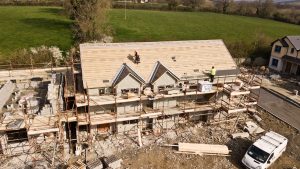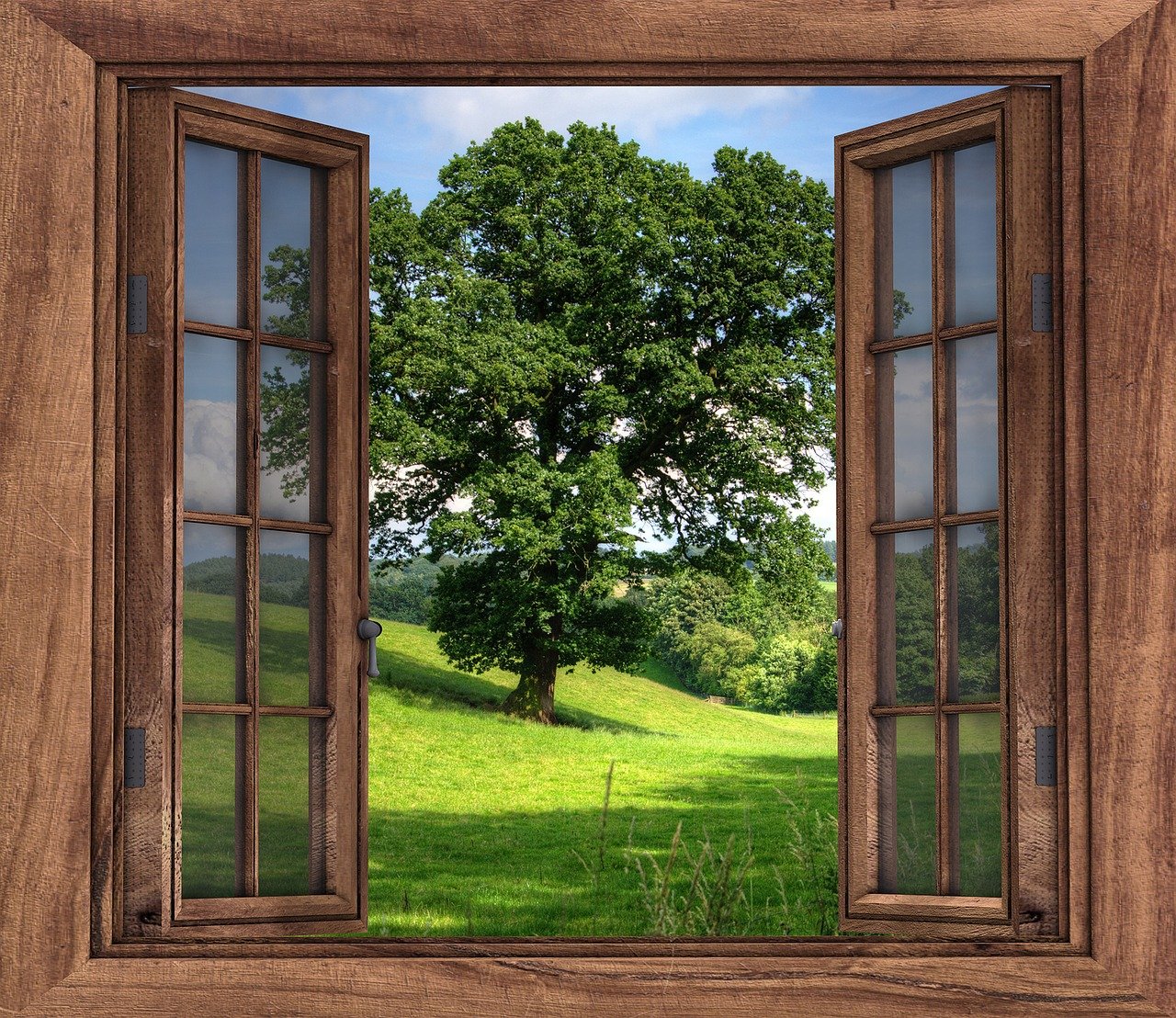 Communities that go about designing their very own buildings have better chances of enjoying health and happiness.
Communities that go about designing their very own buildings have better chances of enjoying health and happiness.
Darwinian theory suggests that any animal species is going to be attracted to the kinds of settings where they flourish. For the human species, this would mean a habitat offering an ideal balance between refuge and information. We don’t smell very well. We don’t even swim that well, compared to other animals, and we can only fly with technology. However, we are able to easily slide through waves and waves of information. This particular superpower might define us more than anything. When we detect a hint of new environmental information, we’re as alert as bloodhounds.
An Environment of Mystery
We prefer spaces that are almost flirtatious with us, spaces that are complicated settings with an alluring yet mysterious air about them. Many American cities have street grids that are orderly and easily navigated, and yet we love streets which curve out of our sight, making us wonder and even lust for what is over the horizon. We prefer environments that invigorate our curiosity, but they also need to eventually satiate it too.
We consider an environment as ‘legible’ if we can survey it easily, forming our own cognitive map of what’s around us. The ability to see things in the distance is known as ‘prospect’, and it’s an important part to all of this. In order for something to be legible, there have to be components to it that help us navigate, much like clumps of trees dotting the savannahs of Africa where we all come from.
The landscapes that we as humans tend to love most have specific balances, where complexity is equalled by coherence, and mystery offset by legibility. Natural scenes get interpreted with a fractal geometry, which offers its own contrast of complexity versus order. It’s these same fractal patterns that hold the secret to comprehending how healthy structures are, be it window frames and their detailing, Hindu temples with their cascading domes, or how the streets of London are configured.
Fractal properties show up in human neurological processes, as well as the very biology of lungs and physical cells, so it’s no wonder that this kind of form wound up reflected in human settlements and structures. Historically, buildings evolved organically, built with natural materials like stone or wood. Places tended to grow quite slowly. Roads naturally followed the contours of the surrounding land.
Changes in Architecture
However, the hectic pace and massive scale of 21st-century life has bulldozed over this, so many of our daily spaces don’t support creativity, community, or health. So, how do we recreate a world that we would like to be defined by? Alastair Parvin is a co-founder of WikiHouse, which is an open-source platform dedicated to the design and construction of affordable housing. He claims that what most individuals might consider bad design isn’t actually bad design. They’re good designs, but not for consumers or residents, but instead for the production of real estate.
In order to come up with things that are more suitable to human needs, people should have the tools to collectively create their own streets, work-spaces, and homes. People that get to create and then nurture their very own environments feel more pride, belonging, and ownership – it’s the same feeling of using floorplansUsketch or a similar service to create your own floor plan. This collective efficacy results in lower rates of crime, vandalism, and litter.
It’s seen in the creative ‘half-houses’ of Chile, the urban farmers of Detroit, and the street artists of Bristol. These are places which resonate with vigour.
